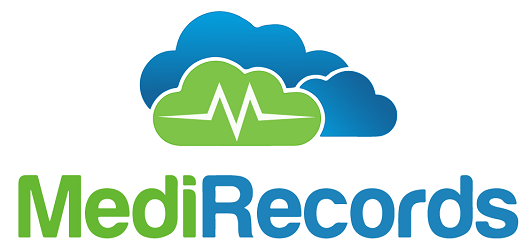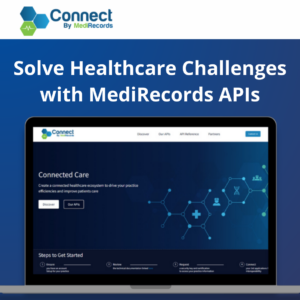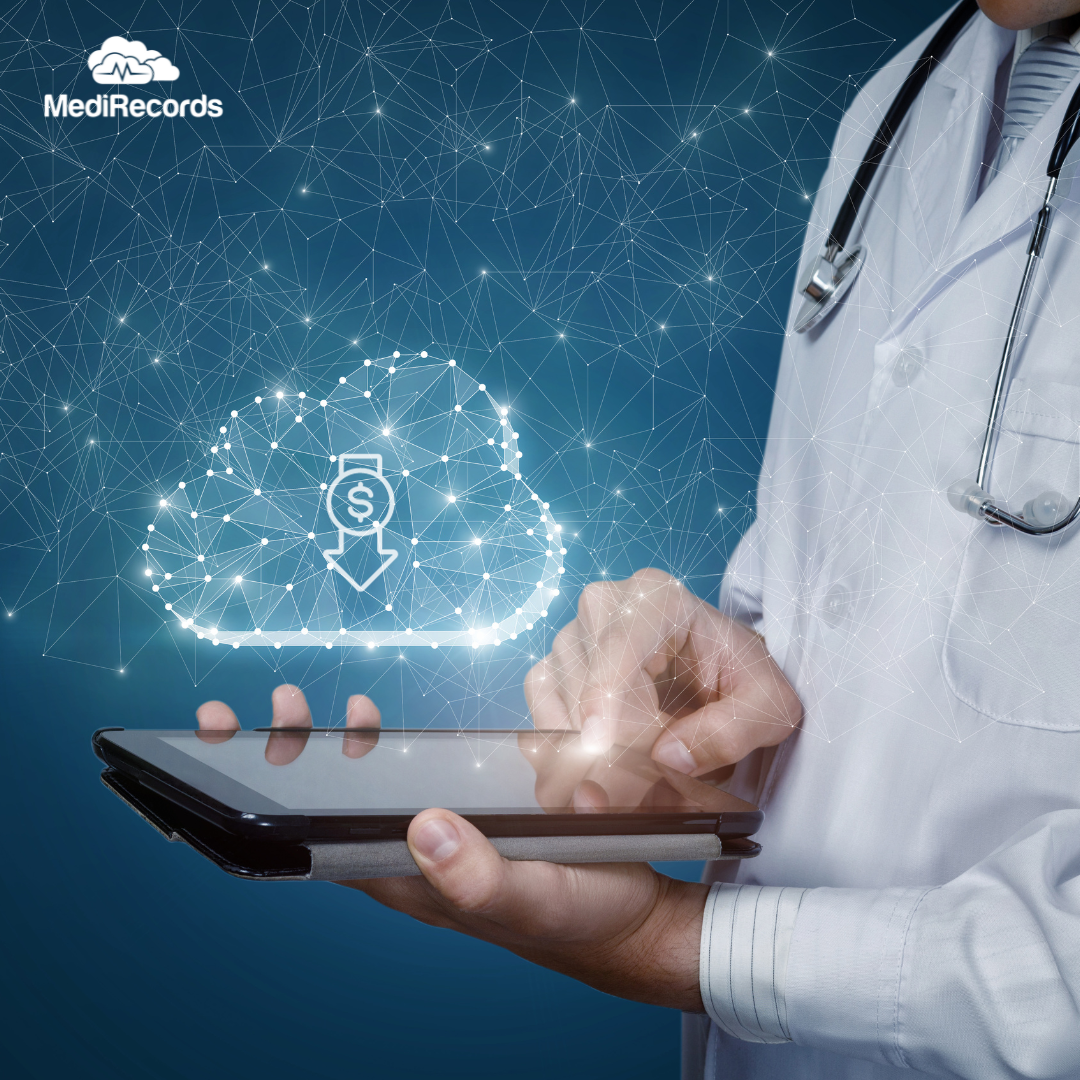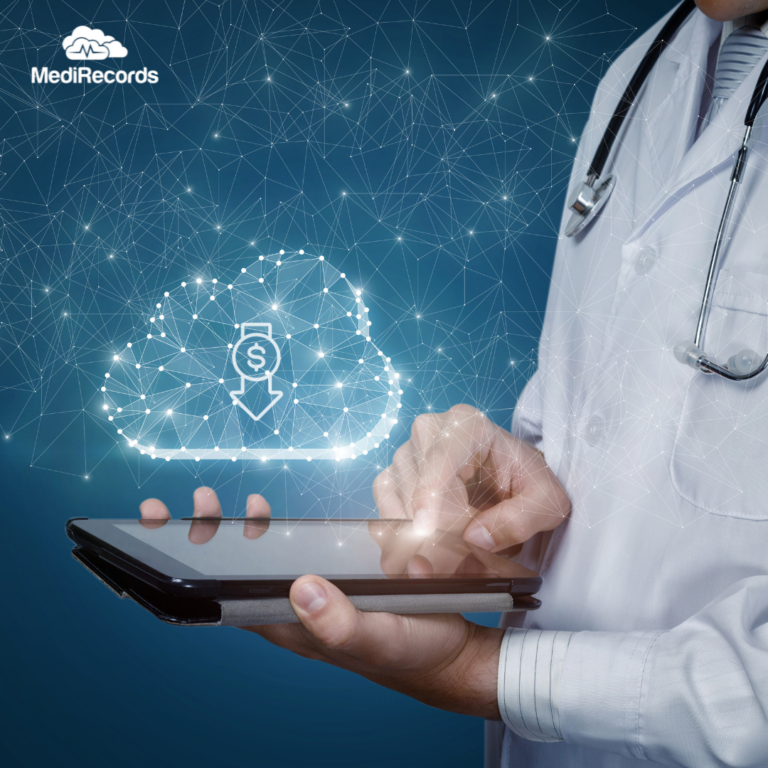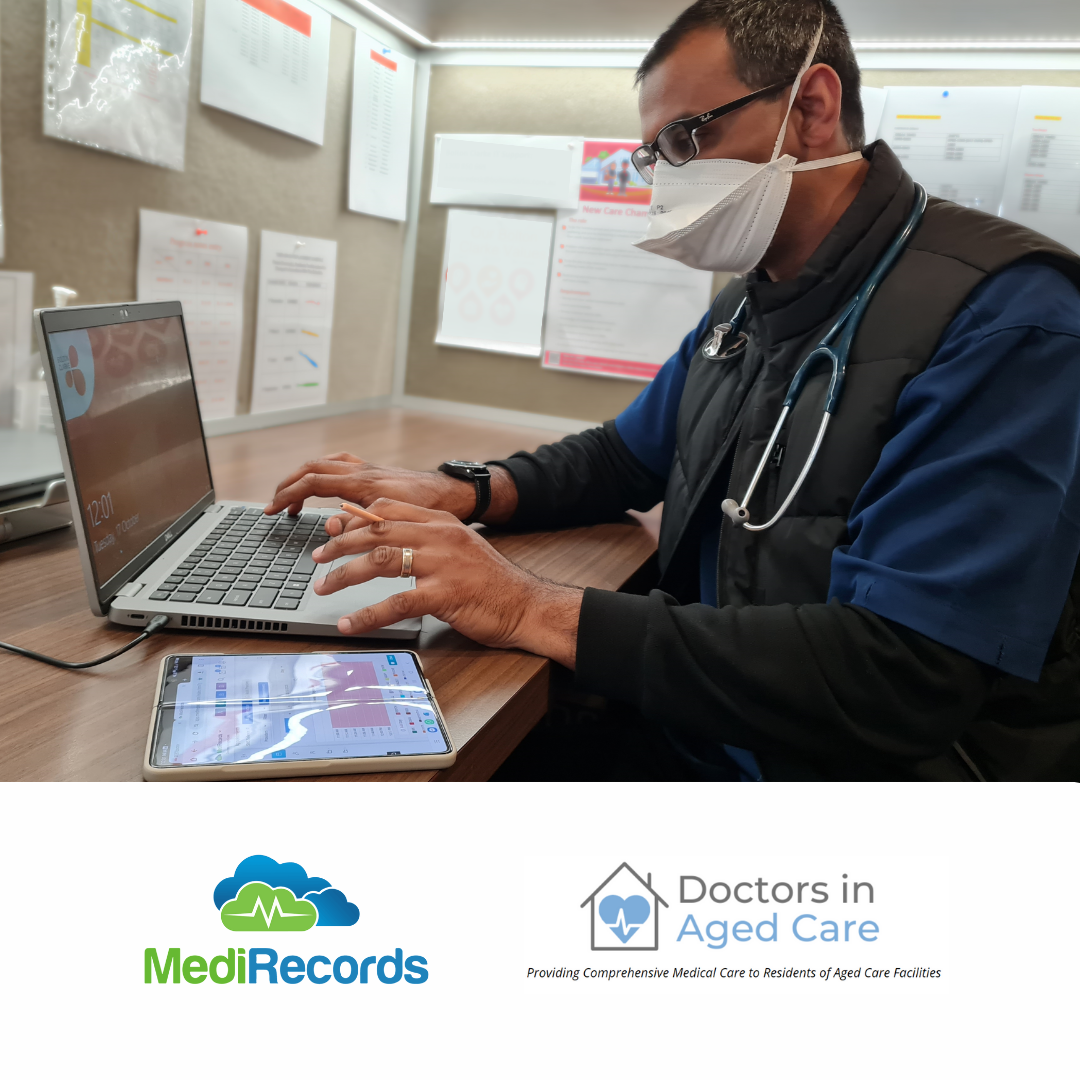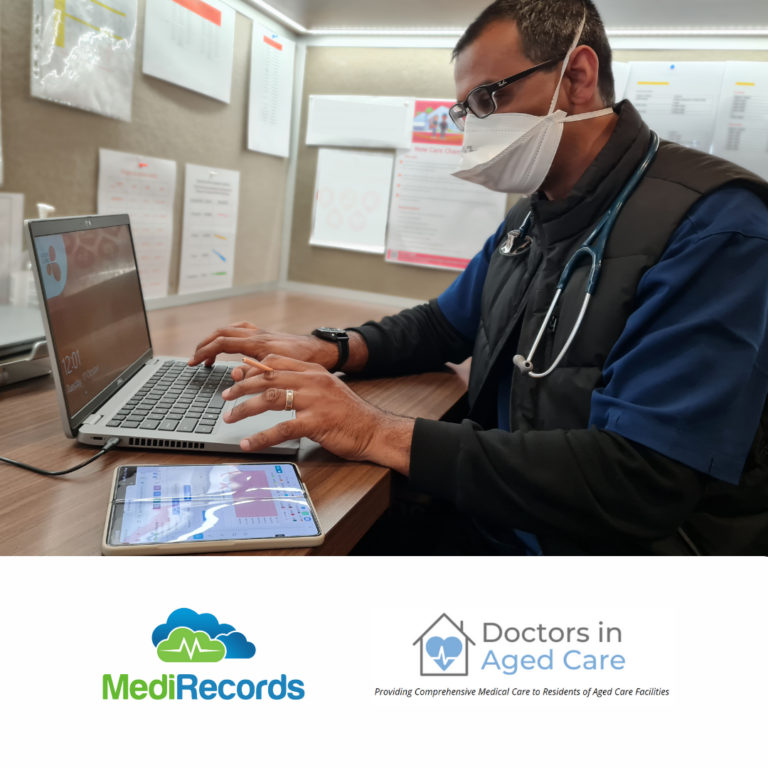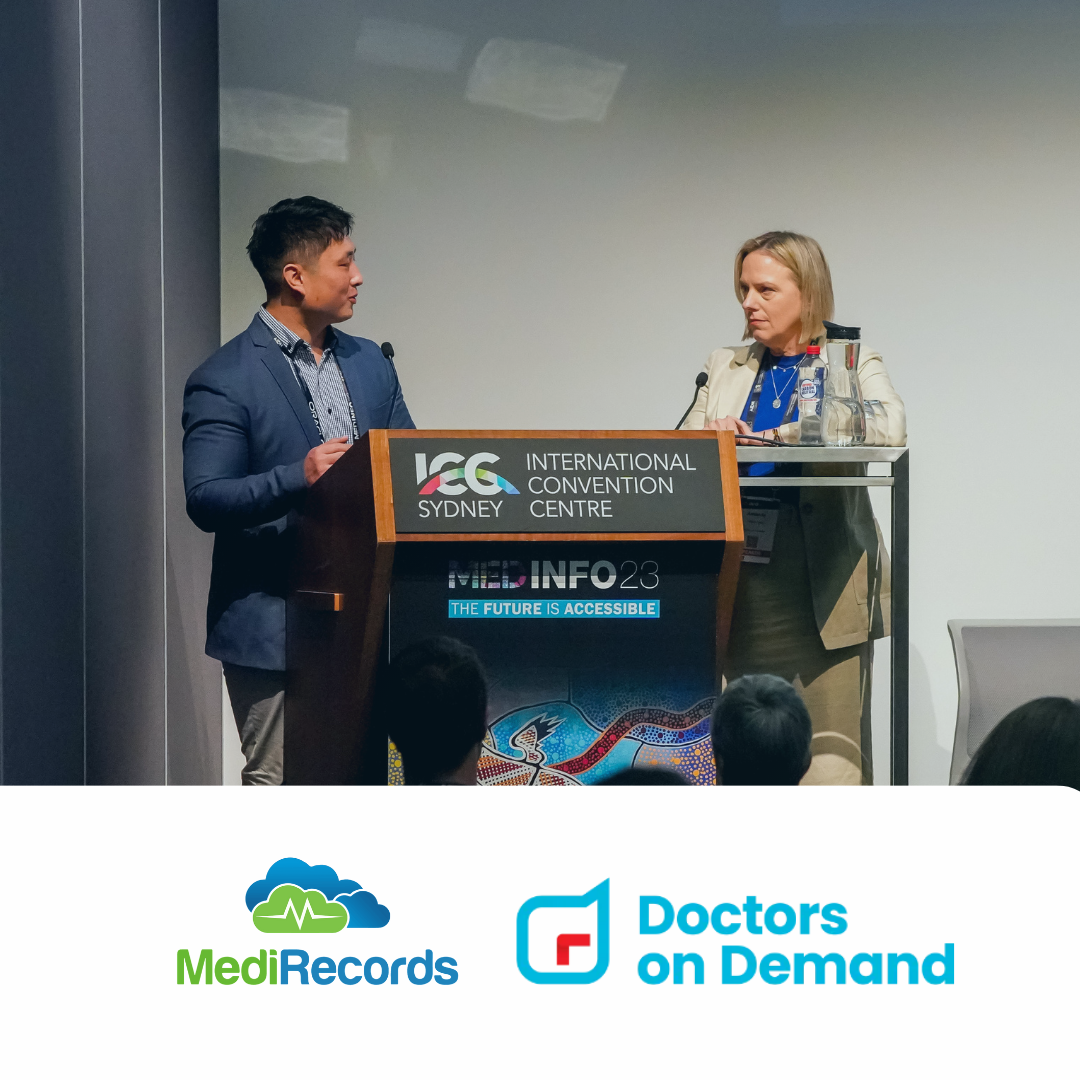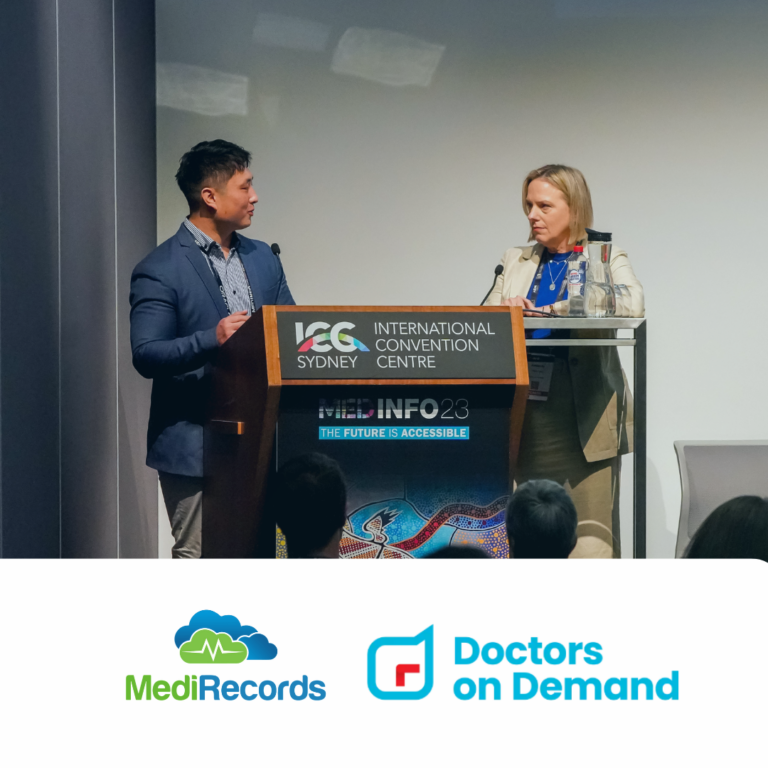January 11, 2024
Keeping it real: Artificial Intelligence to dominate digital health-tech in 2024
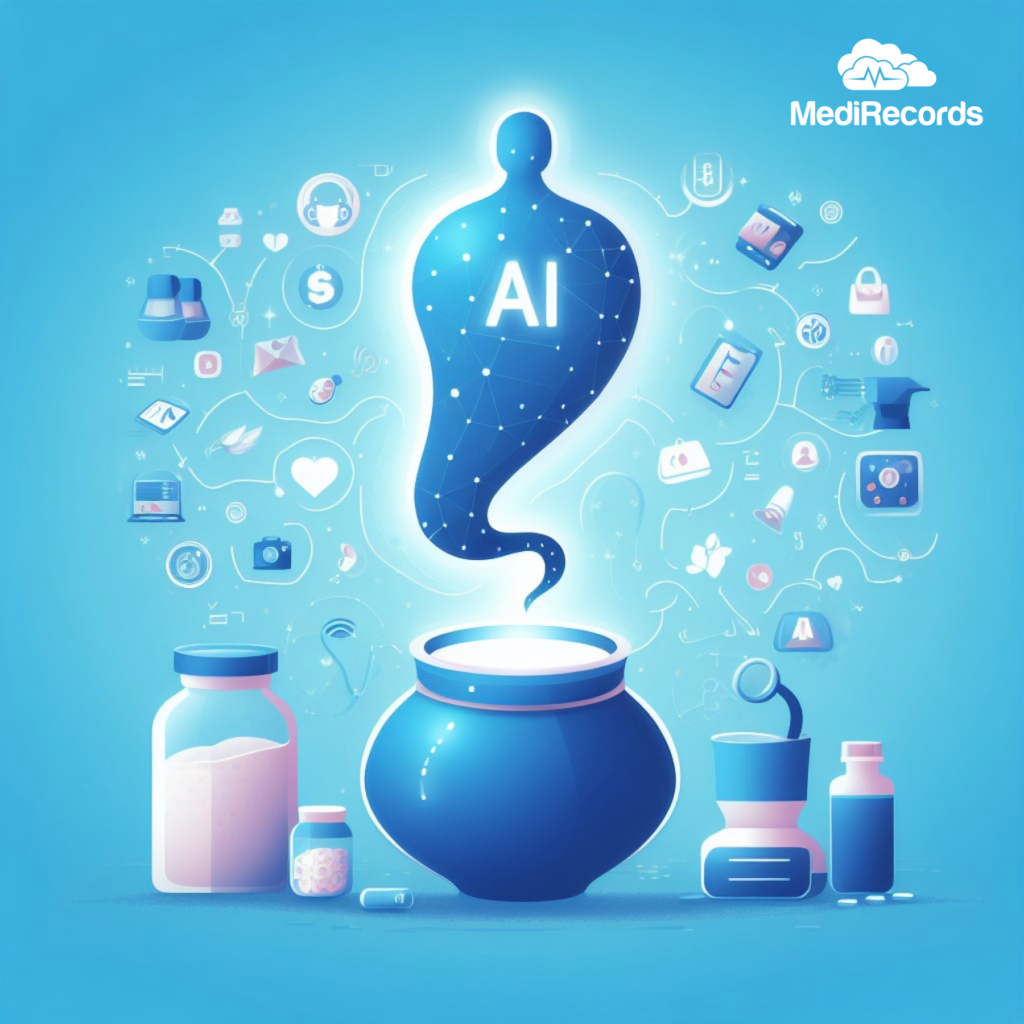
Twelve months ago, MediRecords made eight predictions about health-tech trends to watch in 2023. While we weren’t too far off the mark, it’s fair to say some of these emerging trends are still, well, trending. Nonetheless, as we welcome 2024, it’s time to look forward again.
Any health-tech pundit will have two words for you in 2024: Artificial Intelligence. This is because the AI genie is out of the bottle. The race is on to use this nascent technology in healthcare so that it is safe, secure, accurate, and unbiased. Here are some of the ways AI is being deployed — or will be:
Smart notes: Using AI assistants to translate consultations into clinical notes should mean less administration and more time for person-centred care. This doesn’t mean the AI is diagnostic, just smart enough to summarise a conversation into pertinent points, after listening to a telehealth or in-person appointment
Data-driven decisions: No two patients are exactly the same but algorithms can detect patterns across thousands of previous cases and predict the statistically most likely path forward. This will be the basis for health coaching, chronic disease and other illness management programs, hopefully providing timely information at ‘teachable’ moments that can alter and optimise patient outcomes.
Handy insights: Your handheld device or wearable is likely to know things about you before anyone else. How hard you tap the screen, your vocabulary, tone of voice, gait, facial expression, skin tone, heart rate, respiration, perspiration and oxygen saturation are signposts to your mental and physical health. Combining these data points will enable earlier interventions. Imagine how powerful this could be for triggering a call to a clinician or counsellor when a patient needs help or reminding someone to take their medication.
Getting under your skin: A drop of blood, a lick of saliva and other bodily fluid samples can help you find long lost relatives but also medications that work better for you and foods that make the orchestra in your gut microbiome play in tune. Consumer kits for quicker insights into fertility, fitness, faeces and more, will become readily available.
Coming to your sensors: Data will be harvested from sources including your phone camera, your clothing (See This AI-Powered Sock Could Revolutionize the Care of People With Dementia | Tech Times) and even your toilet (See This Futuristic Toilet Sensor Reads Your Pee to Measure Health – CNET). If it can be measured, it will be.
Next available: As competition for healthcare-consumer dollars increases, buyer power is boosted. Consumers will expect Uber-style technology to find the next available appointment and have their results and medications delivered, pronto. If funding and regulatory hurdles can be leaped, healthcare could potentially be delivered globally.
Ch-ch-ch-changes
Speaking of regulations, there’s much anticipation associated with the Federal Government’s recently released Digital Health Blueprint for the next decade; see:
The Digital Health Blueprint and Action Plan 2023–2033 | Australian Government Department of Health and Aged Care). A key commitment is that personal health data is available and interoperable – in other words useable — wherever you need care. MediRecords is actively involved in the Sparked community developing core national standards for FHIR (Fast Healthcare Interoperability Resources). We look forward to Federal incentives for adherence to new industry-wide data models so that healthcare organisations can seamlessly share information.
Looking within
The acclaimed US science-fiction author Ray Bradbury had the following to say about predicting the future: “Predicting the future is much too easy… You look at the people around you, the street you stand on, the visible air you breathe, and predict more of the same. To hell with more. I want better.”
This sentiment is central to MediRecords’ digital health wish list for 2024. We understand the job is never finished. Health tech can never stop striving to do things better, smarter and safer. MediRecords is building next-generation, cloud-connected healthcare. We can confidently predict we’ll be sharing major new product enhancements in coming months.
About MediRecords
MediRecords is Australia’s leading cloud electronic health record and patient management system. MediRecords is used by clinicians providing outpatient and inpatient care in community health, Defence, hospitals, emergency medicine, industry, universities, and telemedicine.
References
AI May Be on Its Way to Your Doctor’s Office, But It’s Not Ready to See Patients – KFF Health News
Amazon Health Launches New Initiative To Address Chronic Conditions (forbes.com)
Cardiology has embraced AI more than most other specialties (cardiovascularbusiness.com)
Use Technology to Support Your Clinicians | HealthLeaders Media
https://www.beckershospitalreview.com/telehealth/is-virtual-nursing-overstated.html
https://www.healthcareitnews.com/news/how-ai-powered-clinical-notes-api-could-boost-telehealth
https://www.healthcareitnews.com/news/why-ai-will-never-eliminate-need-pharmacists
